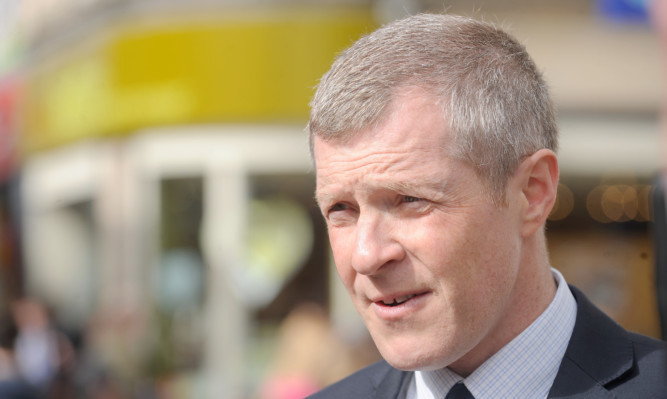Liberal Democrats want to bring about a “digital revolution” in Scotland’s classrooms, using online courses to transform learning.
Leader Willie Rennie announced plans for universities to expand the Massive Open Online Courses (MOOCs) that are already available, so they could be used by older school students.
He said this would allow all pupils to study the subjects that inspire them, with topics being examined in a “new and exciting way”.
The Liberal Democrat leader unveiled details of the plan as he toured exhibits at the Edinburgh International Science Festival.
He said: “Lib Dems want every child to have the chance to study subjects which inspire them.
“Many pupils will find inspiration from reading about Rabbie Burns or Adam Smith in a book at school. But people learn in different ways and the way we educate children should reflect this fact.
“That is what our plan to massively increase access to online courses would offer.”
Expanding access to the online courses would provide new opportunities for youngsters and could also benefit children studying in more remote areas, the Liberal Democrats added.
Mr Rennie said: “This change would be a digital revolution in the classroom and help get Scotland fit for the future.
“This is not about replacing traditional classroom learning. It is about complementing the hard work that teachers do in our classrooms.
“Teachers do fantastic work in classrooms up and down the country but staffing and financial pressures necessarily limit the opportunities that pupils have to shape their own education.
“Online courses have long been highly effective at increasing the life chances of people who would previously not have been able to enter further or higher education, and they are also highly effective as on-the-job training.
“We have seen MOOCs used by women in places like Saudi Arabia whose access to formal education is restricted, but also by the civil service here in Scotland and by businesses like Marks and Spencer for training purposes.
“The beauty of MOOCs for school pupils is that they can explore topics they are studying in a new and exciting way.”
